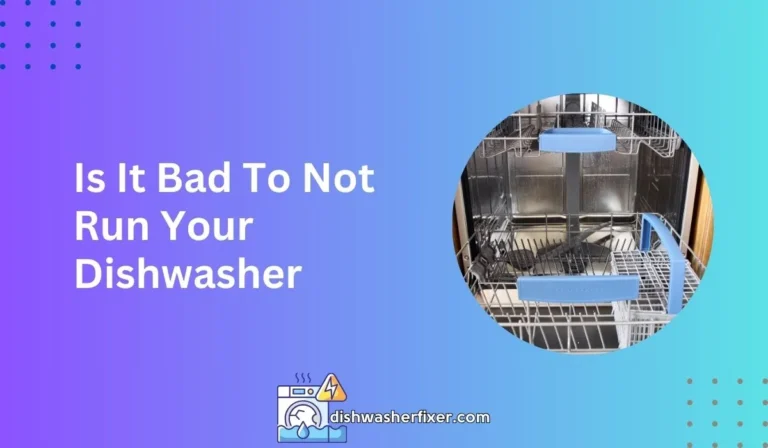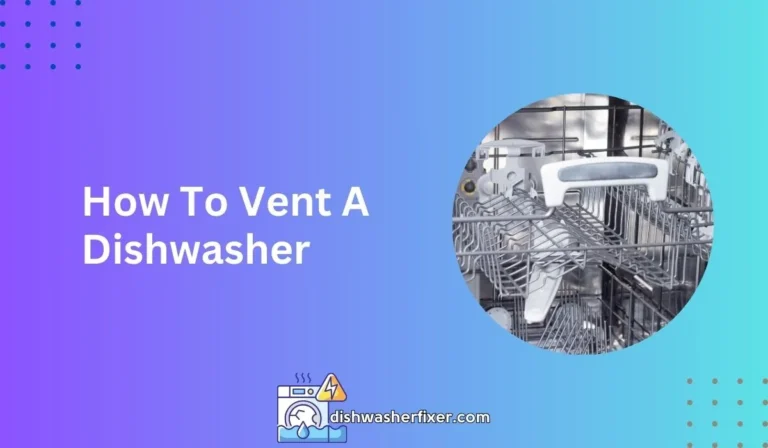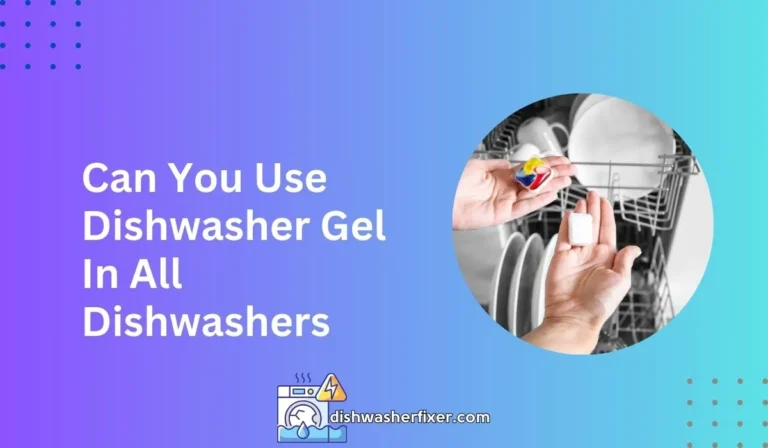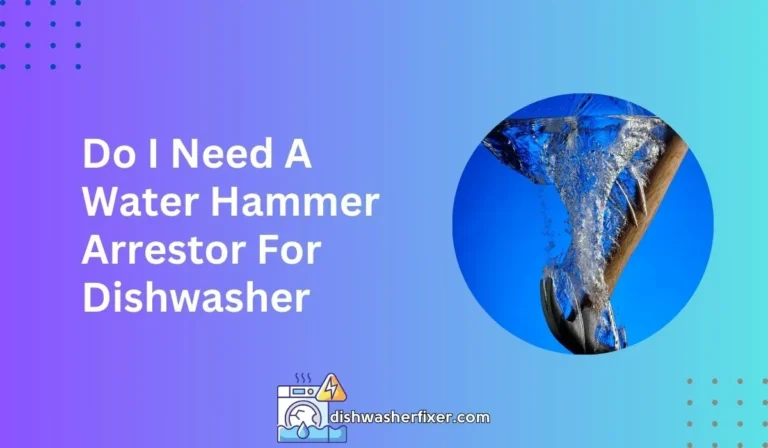Do Dishwasher Pods Dissolve? Unveiling the Truth!
Dishwasher pods are designed to dissolve completely during the wash cycle. The pod’s outer layer breaks down in contact with water, releasing its detergent contents. Proper water temperature and adequate cycle length ensure full dissolution.
Understanding Dishwasher Pods and How They Work

Composition of Dishwasher Pods
Dishwasher pods are small, concentrated packets of cleaning power packed with a variety of agents designed to leave your dishes sparkling.
They contain enzymes that break down food particles, surfactants that lift and remove grease, and other cleaning agents that tackle stains and odors.
Each ingredient has a specific role, working together to ensure that your dishes come out clean.
Role of the Pod’s Outer Coating
The outer shell of a dishwasher pod is made from water-soluble materials like PVA, which stands for polyvinyl alcohol. This substance is safe for your dishwasher and the environment because it dissolves completely in water.
The coating protects the pod until it’s ready to be used and quickly melts away during the wash cycle to release the cleaning agents inside.
The Process of Dissolution
Once the dishwasher cycle starts, water enters the machine, activating the pod.
The water-soluble coating dissolves, and the detergents inside the pod are released into the dishwasher. These powerful detergents then get to work cleaning your dishes throughout the wash cycle.
Factors Affecting the Dissolution of Dishwasher Pods
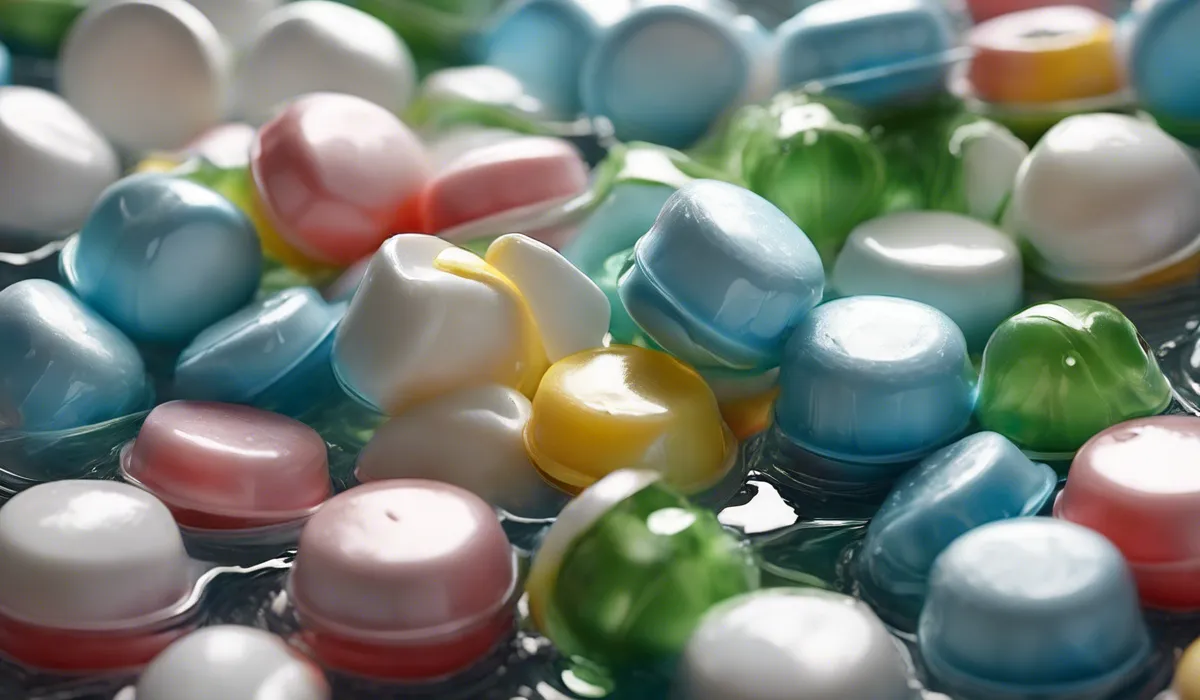
Water Temperature
The temperature of the water in your dishwasher is crucial for the dissolution of dishwasher pods. Most pods are formulated to dissolve best in a specific temperature range, usually between 120°F and 160°F.
If the water is too cold, the pod may not dissolve properly, leaving residue. If it’s too hot, it might degrade the enzymes, reducing cleaning efficiency.
Water Hardness
Water hardness refers to the amount of minerals like calcium and magnesium in your water.
These minerals can affect how well dishwasher pods dissolve. Hard water may hinder the pods’ ability to dissolve completely, which can compromise their cleaning power.
You might need to add a water softener or use pods formulated for hard water conditions.
Dishwasher Model and Cycle Settings
The type of dishwasher you have and the cycle settings you choose can affect pod dissolution. Some dishwashers have specific pod or tablet settings designed to ensure proper dissolution.
Selecting a cycle that is too short or lacks sufficient water flow may prevent the pod from dissolving entirely.
Pod Placement
Correct placement of the pod in your dishwasher is essential for proper dissolution. Pods should be placed in the designated detergent dispenser.
If the pod is simply tossed into the machine, it might not dissolve completely, which can result in dishes not being cleaned properly.
Troubleshooting Dishwasher Pods That Don’t Dissolve
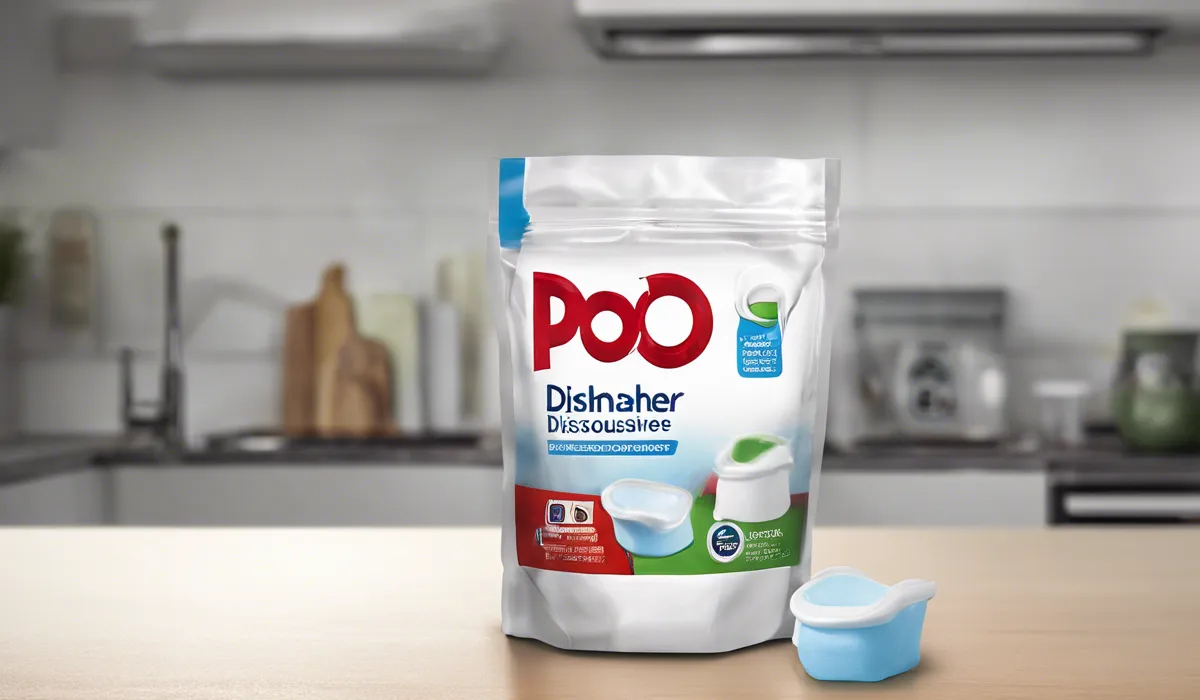
Common Reasons for Incomplete Dissolution
Several issues can prevent dishwasher pods from dissolving. Blocked spray arms, overloading the dishwasher, or using expired pods can all interfere with the dissolution process.
It’s important to understand these common problems to ensure your dishwasher operates efficiently and your dishes come out clean.
Simple Checks and Maintenance
Regular maintenance can help prevent issues with pod dissolution. Clean your dishwasher’s spray arms to ensure water can flow freely.
Check that your water heater is set to the correct temperature to provide optimal conditions for the pods. And always make sure the pods you’re using are fresh and not past their expiration date.
What to Do If a Pod Doesn’t Dissolve
If you find an undissolved pod after a wash cycle, try running another cycle or cleaning the dispenser to remove any buildup that might be hindering the pod’s release.
Ensuring that the dispenser is dry before placing the pod can also help as a damp dispenser may cause the pod to stick and not dissolve properly.
When to Call a Professional
If you’ve tried troubleshooting and your pods still aren’t dissolving, it might be time to call a professional.
Persistent issues could indicate a malfunctioning dishwasher, such as a broken heating element or circulation pump, which would require repair or replacement.
FAQs About Dishwasher Pods Dissolving
Do dishwasher pods dissolve completely in every wash cycle?
Yes, dishwasher pods are designed to dissolve completely during each wash cycle, given that the water temperature is adequate and the cycle is long enough.
Can cold water prevent dishwasher pods from dissolving?
Yes, cold water may prevent dishwasher pods from dissolving fully; they’re formulated to dissolve best in warm or hot water.
What should I do if my dishwasher pod doesn’t dissolve?
If a dishwasher pod doesn’t dissolve, ensure the water temperature is hot enough and the cycle is set to an adequate length. Also, check for any blockages in the dispenser.
How does the outer layer of dishwasher pods dissolve?
The outer layer of dishwasher pods is water-soluble and breaks down upon contact with water, releasing the detergent inside.
Is it normal for small remnants of dishwasher pods to remain after a wash?
No, it is not normal; dishwasher pods should dissolve completely. If remnants are left, this could indicate a problem with the water temperature or wash cycle.
Final Thoughts
Dishwasher pods are engineered to fully dissolve during a wash cycle, with their outer casing disintegrating upon contact with water.
This process releases the detergent to clean dishes effectively. Achieving complete dissolution depends on the water being at the correct temperature and the cycle being sufficiently long to allow the pod to break down completely.
